|
|
|
|
|
|
|
|
Photo Gallery for Lampropeltis triangulum - Eastern Milksnake
| 32 photos are available. Only the most recent 30 are shown.
|
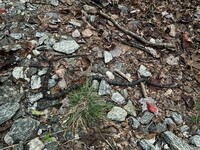 | Recorded by: K. Bischof
Transylvania Co.
Comment: |  | Recorded by: Bockhahn, Engels, Cameron, Haynes, Veasey, Vick
McDowell Co.
Comment: |
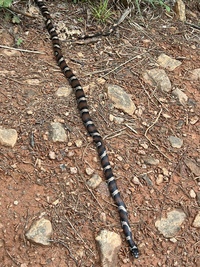 | Recorded by: M. Haynes
McDowell Co.
Comment: |  | Recorded by: R. Jones
Transylvania Co.
Comment: |
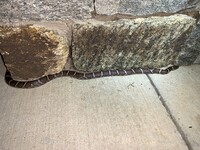 | Recorded by: K. Bischof
Transylvania Co.
Comment: |  | Recorded by: J. Mickey
Wilkes Co.
Comment: |
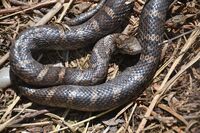 | Recorded by: J. Mickey
Wilkes Co.
Comment: |  | Recorded by: Guy McGrane
Avery Co.
Comment: |
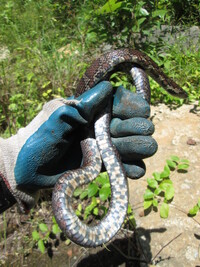 | Recorded by: Robert Russo
Caldwell Co.
Comment: |  | Recorded by: Robert Russo
Caldwell Co.
Comment: |
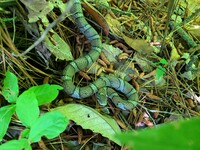 | Recorded by: K. Bischof
Transylvania Co.
Comment: | 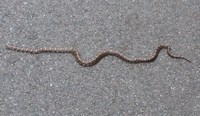 | Recorded by: Lori Arent
Wilkes Co.
Comment: |
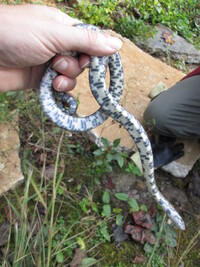 | Recorded by: Robert Russo
Caldwell Co.
Comment: |  | Recorded by: Robert Russo
Caldwell Co.
Comment: |
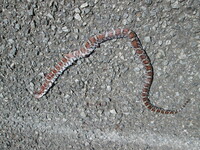 | Recorded by: Robert Russo
Wilkes Co.
Comment: | 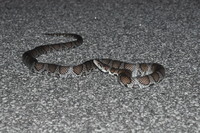 | Recorded by: K. Bischof
Transylvania Co.
Comment: |
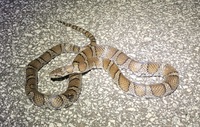 | Recorded by: K. Bischof
Transylvania Co.
Comment: |  | Recorded by: K. Bischof
Transylvania Co.
Comment: |
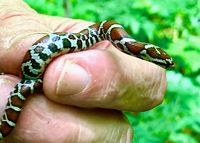 | Recorded by: Jim Petranka and Becky Elkin
Yancey Co.
Comment: |  | Recorded by: Robert Russo
Caldwell Co.
Comment: |
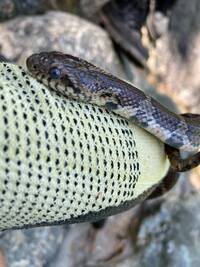 | Recorded by: Robert Russo
Caldwell Co.
Comment: | 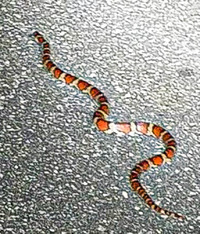 | Recorded by: A. Lasley
Burke Co.
Comment: SOMO - Adult seen crossing road after dark. S Mountain Park Ave |
 | Recorded by: Robert Russo
Caldwell Co.
Comment: | 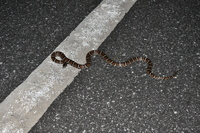 | Recorded by: K. Bischof
Burke Co.
Comment: |
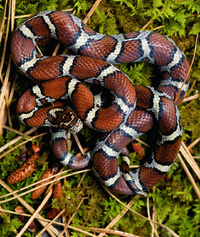 | Recorded by: Jim Petranka
Madison Co.
Comment: | 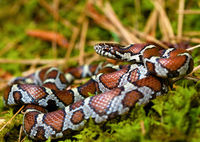 | Recorded by: Jim Petranka
Madison Co.
Comment: |
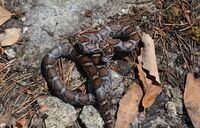 | Recorded by: J. Mickey
Wilkes Co.
Comment: |  | Recorded by: J. Shimel
Ashe Co.
Comment: |
 | Recorded by: J. Mickey
Wilkes Co.
Comment: | 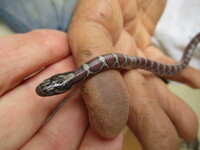 | Recorded by: Pat Momich
Madison Co.
Comment: |
|

 »
» 



 »
» 

